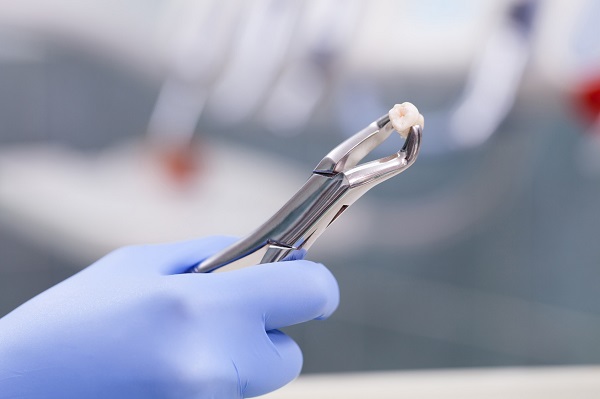
Dealing with Dry Sockets
As a Melbourne, Florida dentist, Dr. Brazdo believes that keeping saving natural teeth is extremely important. However, sometimes it is necessary to remove teeth if they are severely damaged or decayed. After tooth extraction is complete the patient will cease to feel the pain that caused them to have the tooth removed in the first place. Unless they develop a dry socket. Dry sockets are preventable occurrences, but can be extremely painful. If you have a tooth extracted, this Melbourne, Florida dentist wants to ensure that you know how to prevent them, and what to do if you must deal with dry sockets.
What is a Dry Socket?
Dry sockets, or alveolar osteitis, can develop after a tooth has been pulled. After extraction your body’s immune system kicks into high gear and sends platelet-rich blood to the exposed bone and begins to clot. This protects the bone from bacterial infection, cold or hot sensations, and enables the healing process to begin. When this blood clot is removed it exposes the nerves in the jaw bone and the bone itself, which causes pain and can lead to an infection if not treated promptly. Dry sockets cause severe pain that can manifest in the extraction site or throughout the entire face and cause a foul odor. They can make eating, drinking, and speaking difficult. If you believe you have developed a dry socket, it is important that you see your Melbourne, Florida dentist as soon as possible to prevent further pain and infection.
Causes of Dry Sockets
Anything that can potentially remove a blood clot can cause a dry socket. This includes drinking from a straw, smoking, preexisting infections that can prevent the immune system forming a clot in the first place, vigorous brushing, the use of anticoagulants – including contraceptives and estrogen replacement therapy – and poor oral hygiene following an extraction. Dry sockets are an excellent example of why it is so important to follow every post-procedural instruction. It may seem silly that you are instructed to not drink out of a straw or brush your teeth normally after a tooth extraction, but doing so has very real and painful consequences. If you have any questions about what you can do to prevent developing a dry socket, ask your dentist.
Treating a Dry Socket
While it is important to follow post operative instructions, in some cases dry sockets just happen. No matter the cause of them, it is important to have them treated to prevent pain and infection. If you begin to experience any symptoms of dry sockets following your tooth extraction – if you can see bone or can tell that there is not a blood clot protecting this sensitive tissue from the rest of your mouth – call your dentist and schedule an appointment. Once at your Melbourne, Florida dental practice Dr. Brazdo will flush the socket of any debris and pack the socket full of medicated dressings. She will give you instructions on how to take care of your wound when you get home. Instructions will vary slightly from patient to patient; however, they may include: gently rinsing with saline solution for a few days, and taking pain medications as needed. Depending on your health and the severity of your dry socket, healing can take between a few days and one week. If pain persists for a long period of time, schedule another appointment with your dentist.
Preventing a Dry Socket
The best thing you can do to prevent a dry socket is to follow every instruction following a tooth extraction. Do not drink out of straws, do not smoke, use tobacco products, or use a vaporizer pen, avoid hot or cold foods, do not tongue or touch your empty socket, brush around the site of extraction and be careful not to touch it with a toothbrush, rinse gently with your dentist’s recommended mouth rinse, and ask your Melbourne, Florida dentist if you have any other questions. Having a tooth extracted is difficult enough, take care of your teeth and prevent developing dry sockets.

